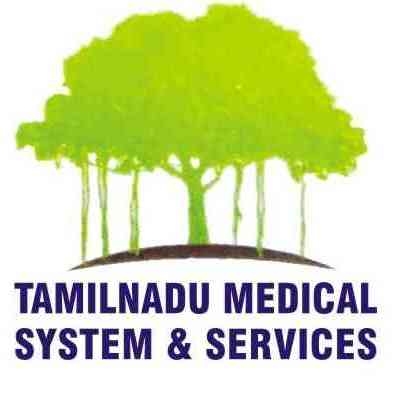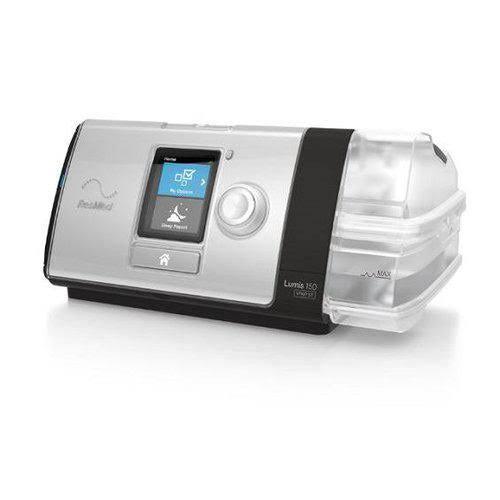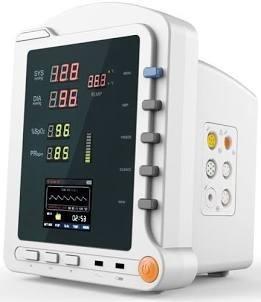Tamilnadu Medical System and Services is leading medical equipment supplies in Chennai. BiPAP (Bilevel Positive Airway Pressure): BiPAP devices deliver two distinct levels of airway pressure: a higher pressure during inhalation (inspiration) and a lower pressure during exhalation (expiration). This two-level approach can be beneficial for individuals who have difficulty exhaling against a constant pressure, such as those with certain types of respiratory conditions or individuals who need higher pressure support. BiPAP devices are often prescribed for people with more complex respiratory issues, such as: Central sleep apnea: A condition where the brain fails to send the proper signals to the muscles that control breathing. COPD (Chronic Obstructive Pulmonary Disease): A group of lung diseases that can cause difficulty breathing. Neuromuscular disorders: Conditions affecting the nerves and muscles that control breathing. The key components of a BiPAP device are similar to those of a CPAP device, including the motor, air filter, humidifier, mask, and tubing. The main difference lies in the device's ability to deliver two different pressure levels. As with any medical device, it's essential to work closely with a healthcare professional to determine the most appropriate treatment option based on an individual's medical history, diagnosis, and specific needs. A sleep specialist or a respiratory therapist can assess the condition and recommend the appropriate device and settings for optimal treatment and comfort.


